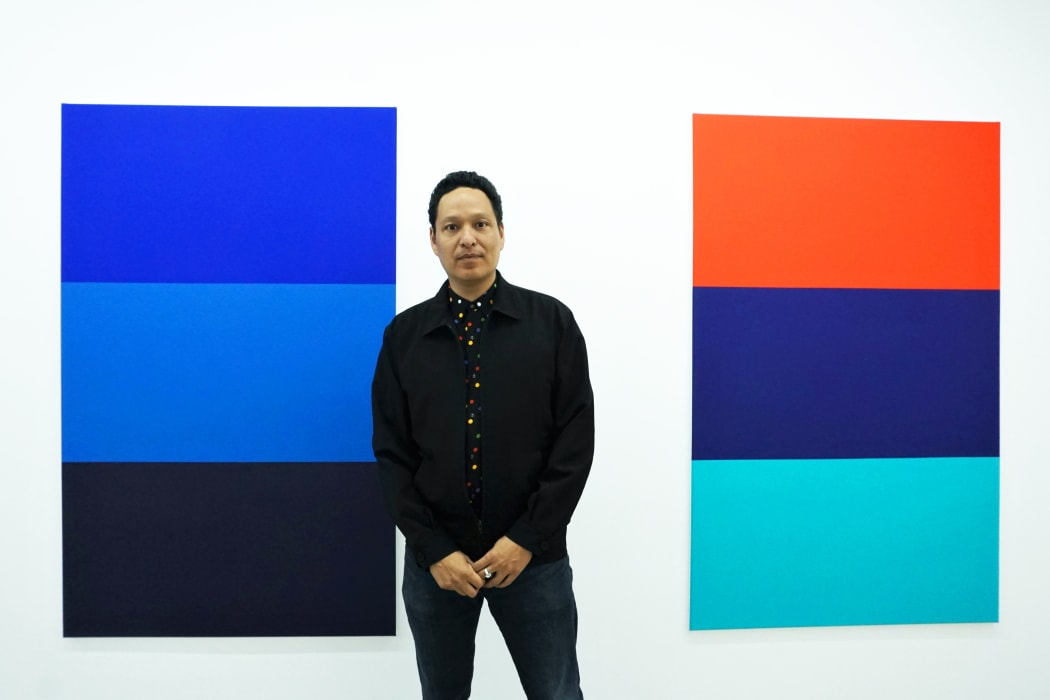
April Dell: Cover the Blank Spots presents a series of vibrant and minimalist abstract canvases. Your previous ‘Crack’ paintings on cardboard also referenced color-field painting, however, this new series takes your practice a step further into minimalist abstraction. Tell me about this progression.
Tashi Brauen: Lately, I have been interested in the geometric abstract image. In each of my ‘Crack’ paintings, I incorporated a kind of narrative into the color planes by imposing folds and tears on the picture surface. Perhaps I found it important to include organic and random elements to contrast the strictly set colors.
 Tashi Brauen, Cover the Blank Spots, Installation view, Ronewa Art Projects, Berlin, Photo curation, Jeremy Knowles, Courtesy, Ronewa Art Projects, Berlin.
Tashi Brauen, Cover the Blank Spots, Installation view, Ronewa Art Projects, Berlin, Photo curation, Jeremy Knowles, Courtesy, Ronewa Art Projects, Berlin.
In this new series, I have broken away from the narrative. What remains is just the colors and their effect next to each other. “Color on canvas” could also have been the name of the exhibition. This new reduction of color and surface gives me the freedom to give the image complete independence, and I can withdraw even more. It also changes how the works are received; color and form speak directly to the viewer.
AD: What are the notable differences between working with cardboard and paper and working on canvas?
TB: For a long time, I wanted to venture into canvas but didn't know how to proceed. By experimenting with different colors and emulsions, I am now at a point where I can show the works on canvas publicly. I'm very happy to show my canvas works for the first time at Ronewa Art Projects in Berlin.
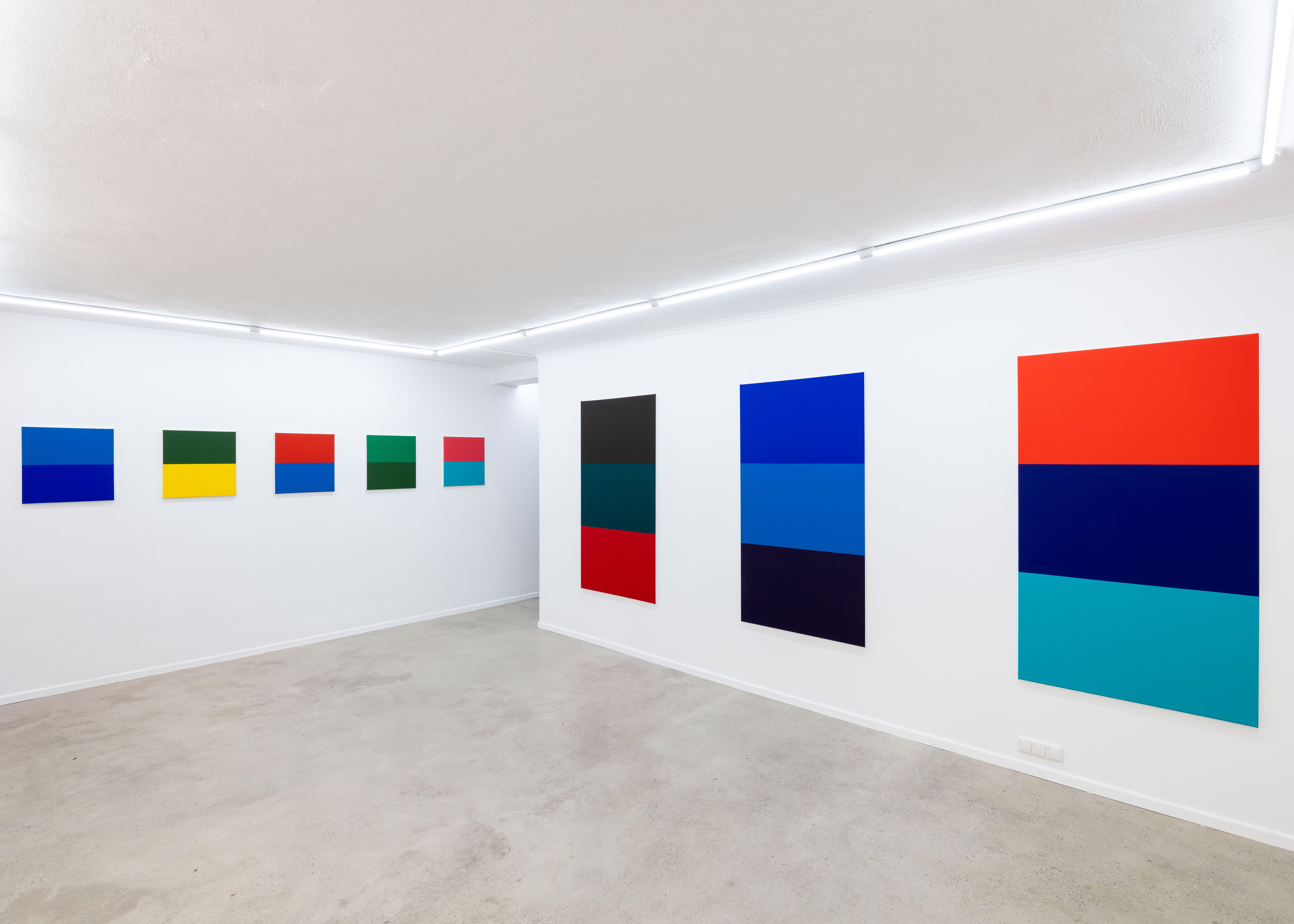
Tashi Brauen, Cover the Blank Spots, Installation view, Ronewa Art Projects, Berlin, Photo curation, Jeremy Knowles, Courtesy, Ronewa Art Projects, Berlin.
Working on canvas is a completely different painting process than on paper. It takes a lot of preparation and the breaks in between are much longer. It has a kind of meditative character. I have tried meditating a few times in my life but have rarely been able to engage in it for an extended period. Painting on canvas is almost like meditation for me. It is a slow and very unconscious process.
AD: What does the title of the exhibition Cover the Blank Spots refer to?
TB: Often my titles for works or exhibitions are created once the artworks are finished. While working on something, I am not thinking about the title. The title for this exhibition came about through a conversation with Ronewa director Roger Washington. We often chat about music and recently discovered that we are both fans of the band Talking Heads. We went through their songs, and this line from the song ‘This Must Be the Place’ caught our attention. We both felt it worked with the series and it would be a fitting title for our collaboration.
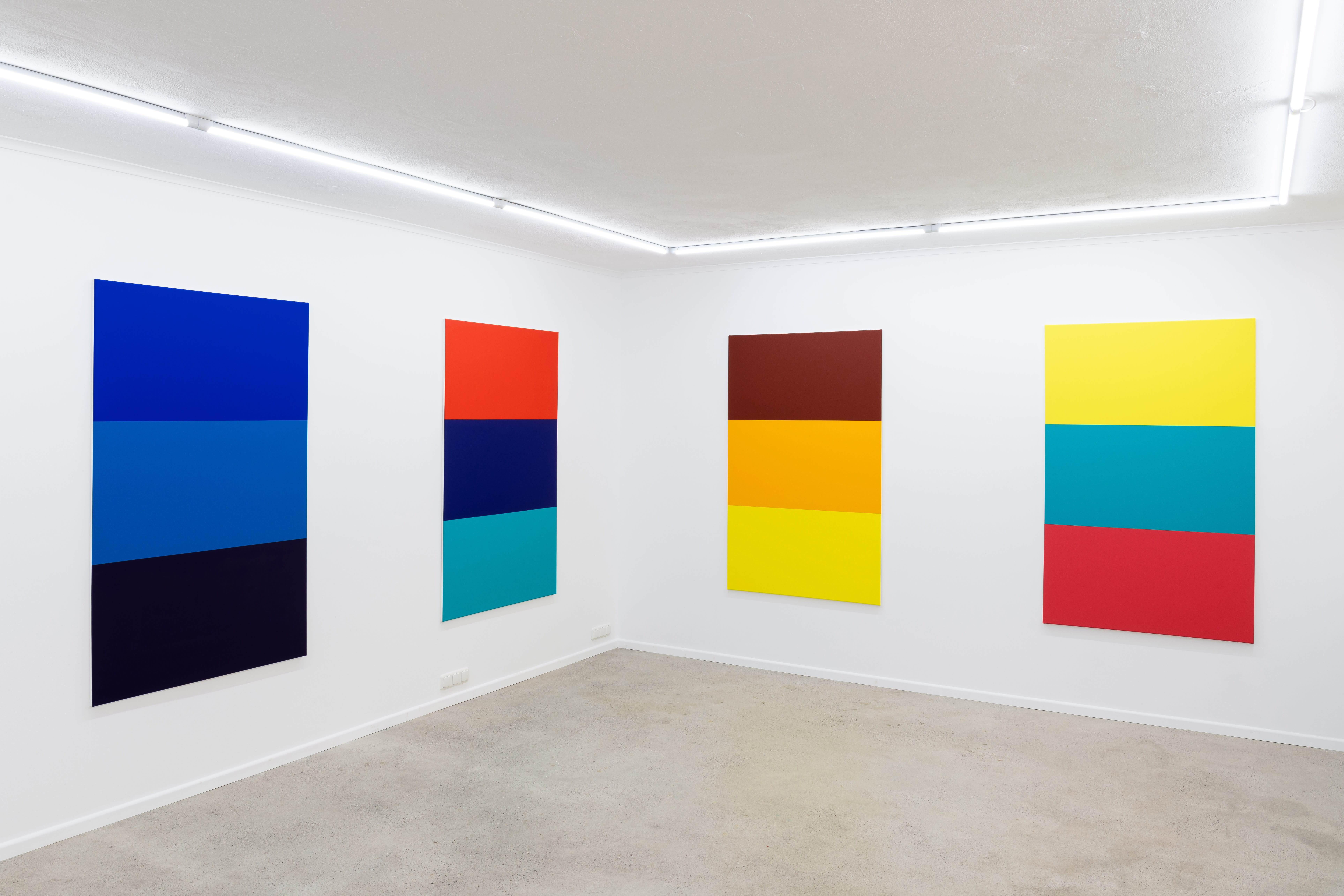
Tashi Brauen, Cover the Blank Spots, Installation view, Ronewa Art Projects, Berlin, Photo curation, Jeremy Knowles, Courtesy, Ronewa Art Projects, Berlin.
AD: Color is an essential element of your work. How did the color combinations in this series come about? For example, is the process more experimental or more considered?
TB: I do not mix colors myself, I like to use colors as they come from the manufacturer. I first create small color sketches, laying the colors next to each other and rearranging them. When I have found the right combination, then I execute them on the canvas. So the colors are finalized in the sketching process. After that, I only worry about the application and drying of the paint.
AD: There is an interesting play with scale in the exhibition, between large canvases and much smaller pieces. What informs the dimensions of the works in this show?
TB: This exhibition presents five larger paintings, which are 160 by 100 centimeters, and small format square canvases that are 50 by 50 centimeters. The large works all contain three colors, whereas the small have two.
When I finished the large paintings, I initially wanted to paint the small ones with three color fields as well. But when I made the sketches for them, I realized that the rectangular areas would become more like stripes, so I quickly decided on two-panel combinations. Reducing the colors to two panels also offered more possibilities for interesting juxtapositions with other works within the same series. The large paintings, which were also created as a cohesive series, are much more complete as individual works than small ones.
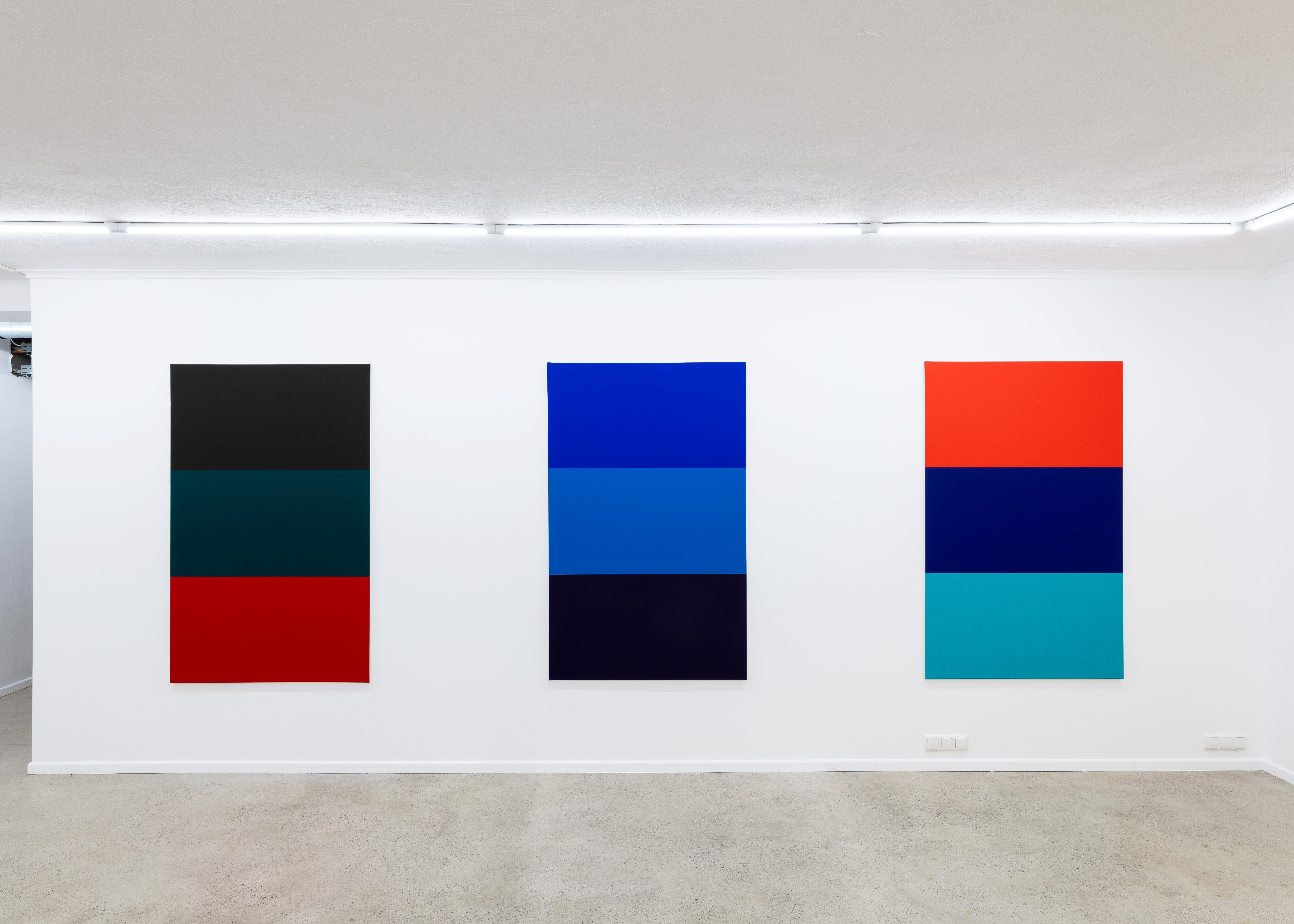
Tashi Brauen, Cover the Blank Spots, Installation view, Ronewa Art Projects, Berlin, Photo curation, Jeremy Knowles, Courtesy, Ronewa Art Projects, Berlin.
AD: You began your artistic career with photography. What link, if any, do these works have to your early practice or the photographic medium more broadly?
TB: Color and geometric forms were prominent themes in my photographs very early on. I also manipulated the sense of depth by taking away the three-dimensional space surrounding the objects within the image. In a typical photograph, objects are represented in a spatial field that more or less mimics reality. In my images, the surrounding space was removed so that the object was brought into focus against a flattened background. The effect was that the real object was alienated in such a way that it was almost or entirely unrecognizable in the picture.
The complete abstraction of the “real,” without reference to an object, was the logical next step for my practice. The real in these paintings is only the paint and the canvas. I share the view that a heightened awareness of the experience of seeing can be achieved through direct contact with an artwork. I hope some viewers will take the time to observe and reflect on the experience of seeing when they encounter these works.

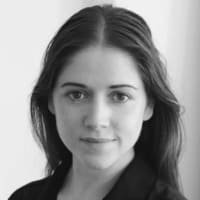
Add a comment